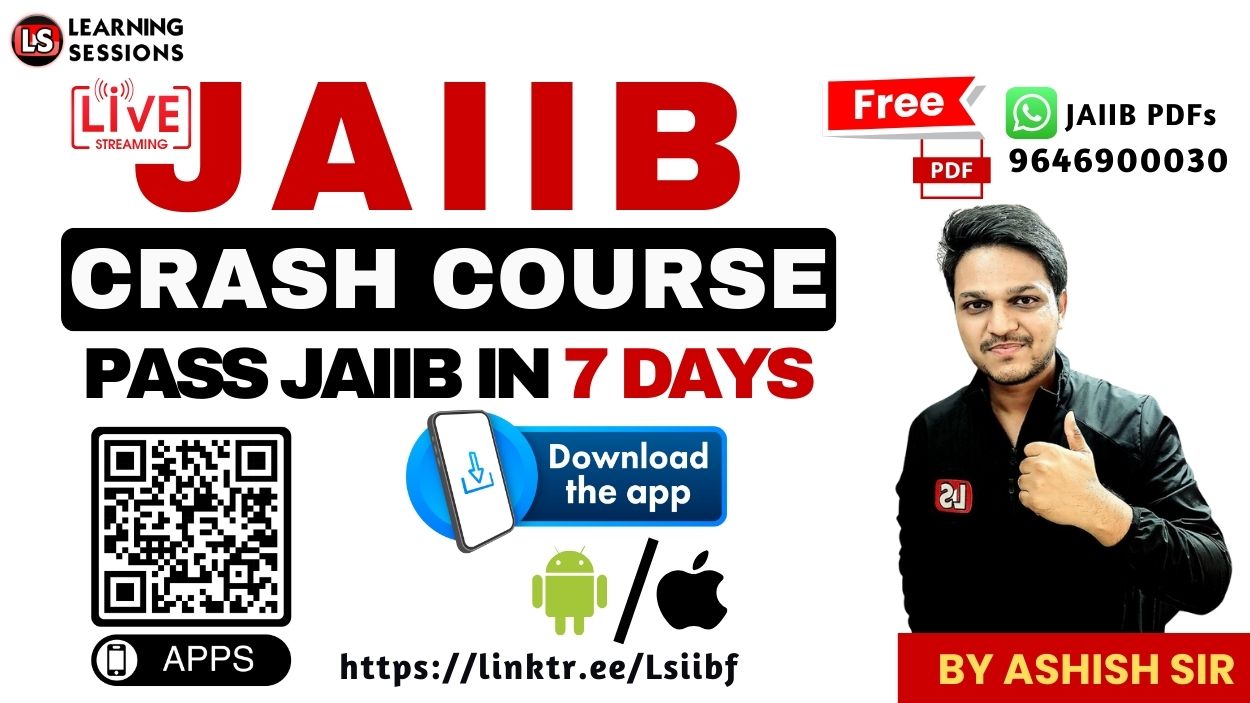Foreign remittances have increased drastically over the past decade due to travel, education, medical needs, property purchases, foreign investments, migration, and global business opportunities. To regulate such outward remittances and ensure tax transparency, India follows two major frameworks:
- TCS – Tax Collected at Source (Income Tax Act, Section 206C(1G))
- LRS – Liberalised Remittance Scheme (RBI–FEMA Regulations)
This article explains every aspect of TCS and LRS with full clarity and updated compliance rules.
📚 CAIIB Study Resources 📚
👉 Check Here
👉 Check Here
👉 Check Here
👉 Get Tests Here
👉 Check Here
👉 Click Here
👉 Click Here
Watch YouTube Video:
TAX COLLECTED AT SOURCE (TCS)
1. What is TCS on Foreign Remittances?
Tax Collected at Source (TCS) is a tax collected by banks from customers at the time of making foreign remittances under LRS.
This is not an additional tax or penalty. It is advance tax that can be adjusted or claimed as a refund.
2. Legal Foundation of TCS
- Introduced via Finance Act, 2020
- Inserted as Section 206C(1G) under Income Tax Act
- Effective from 1 October 2020
3. The ₹7 Lakh Threshold Rule
TCS applies only when total outward remittances in a financial year exceed ₹7 lakh for an individual.
4. TCS Rates on Foreign Remittances
- Standard Rate: 5% on amount exceeding ₹7 lakh
- Higher Rate: 10% if PAN/Aadhaar not provided
- Education Loan: 0.5% on amount exceeding ₹7 lakh
5. When Does TCS Apply?
- Any foreign remittance under LRS
- Capital account transactions
- NRO remittances if routed under LRS
6. When Does TCS NOT Apply?
- Import of goods/services
- Remittances by companies, firms, trusts
- Any remittance outside LRS
7. Detailed TCS Calculation Examples
Example 1:
Remittance: ₹6.5 lakh → No TCS
Example 2:
Remittance 1: ₹6.5 lakh
Remittance 2: ₹9.5 lakh
Total = ₹16 lakh → TCS on ₹9 lakh (amount above 7 lakh)
Example 3:
Remittance: ₹20 lakh → TCS on ₹13 lakh = ₹65,000
Example 4 (PAN not provided):
TCS Rate = 10%
8. How to Claim TCS Refund?
TCS reflects in Form 26AS and can be adjusted against tax liability or claimed as refund while filing ITR.
LIBERALISED REMITTANCE SCHEME (LRS)
9. What is LRS?
LRS is an RBI scheme under FEMA allowing resident individuals to remit up to USD 250,000 per financial year for permitted purposes.
10. Annual Limit Under LRS
Maximum allowed remittance is USD 250,000 per financial year per individual.
11. Who Can Use LRS?
- Resident Individuals
- Minors with guardian signature
Not allowed: Companies, HUFs, LLPs, Trusts, Firms
12. Permitted Uses Under LRS
A) Capital Account Transactions
- Purchase of property abroad
- Investing in foreign shares, mutual funds, ETFs
- Setting up JV/WOS abroad
- Opening foreign bank accounts
- Loans to NRI close relatives
Operational Risk & Integrated Risk Management – CAIIB BFM Questions
B) Current Account Transactions
- Travel
- Education
- Medical treatment
- Visa/immigration fees
- Family maintenance
13. Prohibited Uses of LRS
- Real estate business abroad
- Banking business
- Derivative trading without underlying
- Lottery, banned magazines
- Remittances to FATF non-compliant countries
14. IFSC (GIFT City) Remittances
- Investment allowed in IFSC-listed securities
- Opening of FCA (non-interest-bearing) allowed
- Funds must be utilised within 15 days or repatriated back
15. Overseas Direct Investment (ODI) Under LRS
ODI includes:
- Equity shares
- CCPS/CCDs
- Contribution to MOA
- Investment via private placement
16. Prohibited Sectors for ODI
- Real estate business
- Banking business
- Financial services without approval
17. Valuation Rules for ODI
- Above USD 5 million: Merchant banker valuation required
- Up to USD 5 million: CA/CPA valuation sufficient
18. Repatriation Rules
Any income generated abroad (dividend, interest, royalty) must be repatriated within 60 days.
19. Disinvestment Rules
- Allowed only after 1 year
- No write-off permitted
- Foreign entity must have bona fide business
20. Designated Authorized Dealer (AD) Branch Requirement
Capital account transactions must be routed through ONE designated AD branch with minimum 1-year banking relationship.
21. Family Consolidation Under LRS
Family members may combine their individual LRS limits to fund large purchases such as property or education.
Example:
Father: 250k + Mother: 250k + Son: 250k = USD 750,000 combined
Conclusion
TCS and LRS form the regulatory backbone of India’s foreign remittance framework. TCS ensures tax transparency, while LRS allows residents to access global opportunities responsibly. Understanding thresholds, valuation norms, restrictions, IFSC rules, and compliance requirements ensures safe and lawful remittances.
Also Like:







